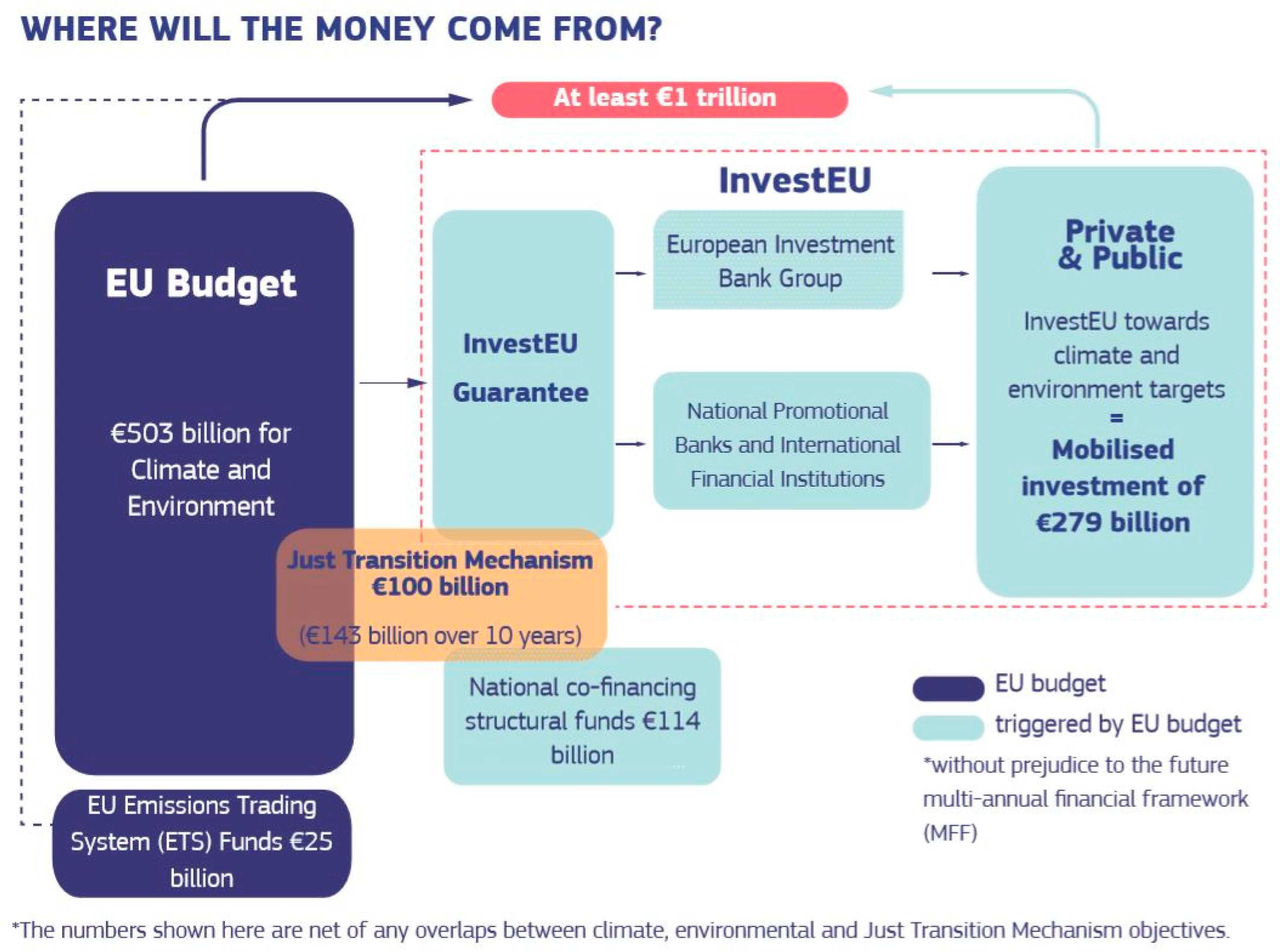Financial institutions are often seen as the backbone of any economy, providing essential services such as loans, savings accounts, and investment opportunities. But when it comes to Value Added Tax (VAT), the relationship between these institutions and the tax system becomes a bit more intricate. Let’s delve into this complex connection and see how banks and other financial entities navigate the world of VAT, all while keeping a sarcastic smile on our faces.
Financial Institutions and VAT: A Match Made in Heaven
When you think of financial institutions and VAT, the first thing that probably comes to mind is the seamless harmony between these two. After all, who wouldn’t want to mix the excitement of financial services with the joy of tax compliance? Financial institutions, with their labyrinthine structures and myriad services, find VAT regulations to be just the perfect cherry on top of their operational complexity. It’s almost as if VAT was created specifically to make financial transactions more exhilarating than they already are.
Banks and other financial institutions often deal with a wide range of exempt and taxable services, making VAT compliance a delightful maze to navigate. The European Union, in its infinite wisdom, has provided a special exemption for most financial services under the VAT Directive. This means that banks don’t get to charge VAT on many of their services, thereby sparing them the tedious task of collecting tax from customers. However, they also can’t reclaim the VAT they pay on their own purchases, adding another layer of fun to their accounting practices.
The relationship between financial institutions and VAT doesn’t end with exemptions. No, the fun continues with partial exemptions, input tax recovery, and a host of other special rules that ensure banks are always on their toes. The complexity of VAT regulations makes it a match made in heaven, where financial institutions get to enjoy the thrill of constant vigilance and meticulous record-keeping. Who needs simplicity when you can have the exhilarating challenge of VAT compliance?
Why Everybody Loves Paying Taxes, Especially Banks
Nothing warms the heart more than the thought of paying taxes, and financial institutions are no exception. Banks, with their love for compliance and regulation, absolutely relish the opportunity to contribute to the public coffers. After all, what could be more fulfilling than ensuring that a portion of every transaction goes to support government initiatives? It’s almost as if banks were designed to be the perfect tax collectors, joyfully embracing the complexities of VAT with open arms.
Customers, too, share in this enthusiasm, knowing that every fee and service charge could potentially contribute to VAT calculations. There’s a special kind of satisfaction that comes from seeing a detailed breakdown of charges on your bank statement, with the added thrill of wondering how much of it is influenced by VAT regulations. It’s a shared experience that brings banks and customers closer together, united in their love for tax compliance.
Of course, the cherry on top is the way VAT impacts the pricing of financial services. Banks must carefully balance their desire to offer competitive rates with the need to cover the costs of non-reclaimable VAT. This delicate dance ensures that financial institutions remain innovative and customer-focused, all while navigating the intricate web of tax regulations. It’s a win-win situation for everyone involved, making the world of finance and taxation a truly joyous place.
In conclusion, the relationship between financial institutions and VAT is nothing short of magical. The intricate dance of exemptions, partial exemptions, and input tax recovery keeps banks engaged and on their toes. Customers, too, get to share in the thrill of tax compliance, fostering a deeper connection with their financial service providers. So, the next time you think about VAT and financial institutions, remember the joy and excitement they bring to the world of finance. After all, who wouldn’t want to be part of such a delightful experience?
